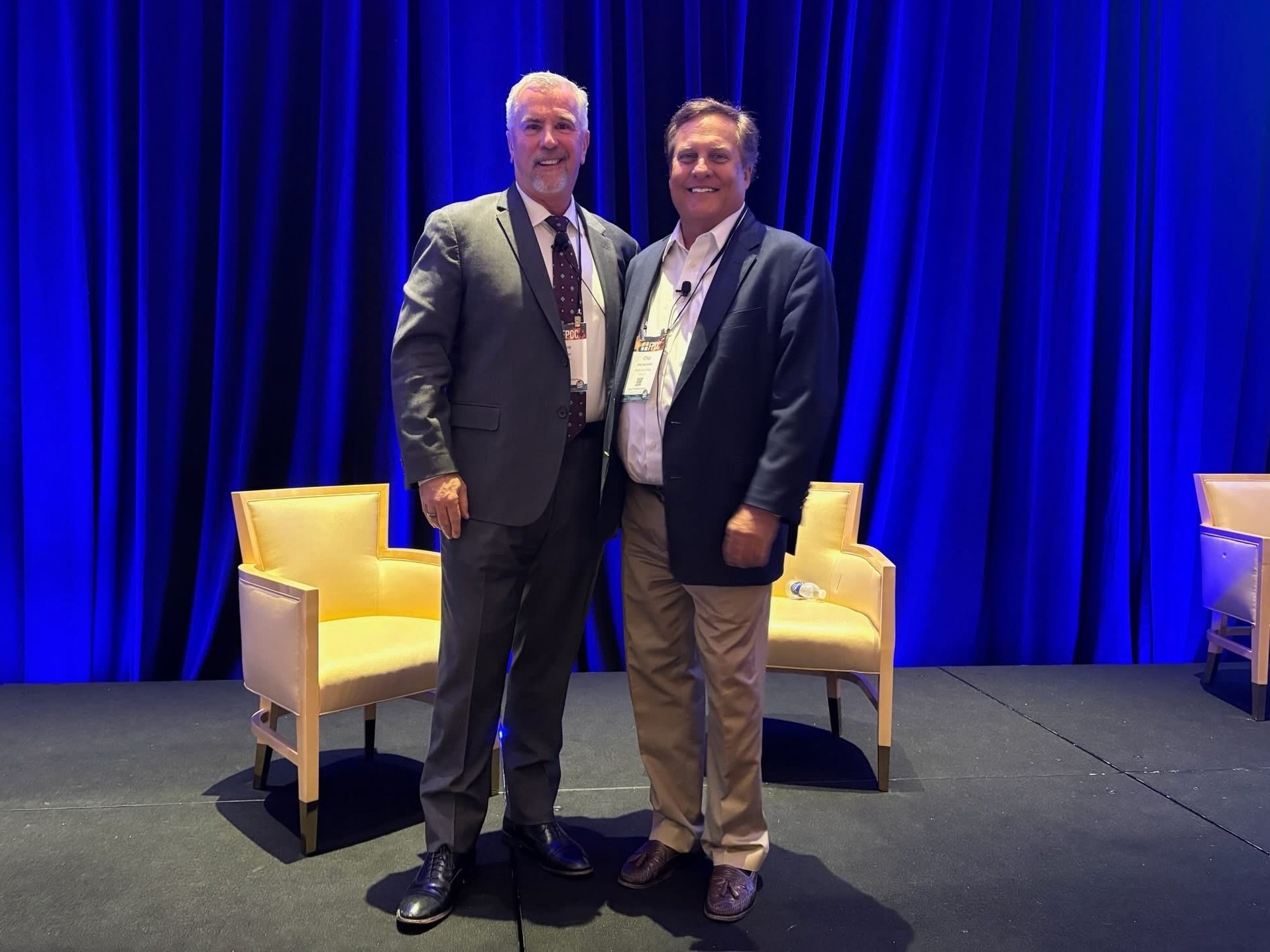In the world of property insurance, the integrity and accuracy of engineering reports is pivotal. These documents play a crucial role in claims processing, influencing decisions that can have significant financial implications for policyholders. Following this week’s Board of Advisors meeting of the American Policyholder Association (APA), three Merlin Law Group attorneys who participated in that meeting, Steven Bush, Larry Bache, and I, discussed the APA Engineer Report Evaluation Tool (AEREP).
The AEREP tool is a noteworthy development, and every public adjuster, restoration contractor, and property insurance policyholder should add to this tool developed for consumer protection by downloading engineering reports into it, with permission from the policyholder. The promising assessment tool will enhance the objectivity and reliability of these crucial insurance company-paid-for engineering assessments. If you do so, it may help put an end to this wrongful practice.
What is the APA?
Before I dive deeper into the AEREP, I want to clarify the mission of the APA. The American Policyholders Association is a non-profit organization dedicated to promoting fairness, transparency, and accountability in the insurance industry. The APA works to protect policyholders from unfair and insurance company fraudulent practices and to ensure that insurance claims are handled with the highest standards of ethics and professionalism. This is particularly significant given the disturbing trends we’ve noted in the industry, such as the plague of misleading and insurer-worded engineering reports and the concerning issues surrounding insurance fraud against policyholders. I previously discussed the mission of the APA five years ago in American Policyholder Association Makes Resonating Comments About Insurance Fraud Against Policyholders.
Blog posts on our site, recent and over a decade old, have discussed various instances where engineering reports were manipulated to the detriment of policyholders. This manipulation skews the truth, potentially leaving policyholders without the coverage they rightly deserve. The AEREP tool aims to tackle these challenges head-on by providing a standardized method for evaluating the quality and integrity of engineering reports.
I have specifically exposed the problem of outcome-oriented and fraudulent insurance company engineering reports in The Plague of Wrong and Insurer Worded Engineering Reports by Insurance Company Retained Engineers. Insurance companies know that they cannot ethically rely upon these reports and investigations, as noted in Adjusters Cannot in Good Faith Rely Upon Biased or Outcome Oriented Opinions. Yet, some insurance company adjusters are now purchasing engineering firms, obviously indicating a bias for insurers, which I explored in Why Should Policyholders Be Compelled to Accept Engineering Opinions From Firms Owned By Independent Adjusters. The fraud and plague upon policyholders by insurance company bought and paid for engineering opinions is worse than ever. Accordingly, the APA is attempting to do something about this major insurance claim issue.
As a result, the APA has developed a tool that policyholders, public adjusters, and restoration contractors need to use as a matter of course. The AEREP tool offers a structured approach to assessing engineering reports, guiding the evaluator through a series of questions designed to ascertain the accuracy and objectivity of the report’s contents. Importantly, responses to these questions aren’t simply binary; the context of each ‘Yes’ or ‘No’ answer is considered in the evaluation to prevent misinterpretation. Users are encouraged to refrain from answering if unsure, preserving the assessment’s integrity.
The tool also stresses the importance of honest and professional responses. As practitioners in the field, our frustrations with the claims process must never cloud our judgment. The confidential nature of the tool’s process ensures that the evaluations are not influenced by external pressures or biases.
Accessing the AEREP tool is straightforward. Claims professionals and policyholders can access the tool online at the APA Engineer Research & Complaint Portal. The very simple and easy to follow instructions ensure ease of use and accessibility. The process begins with uploading a digital copy of the engineering report, which is then subjected to a thorough review based on the tool’s comprehensive questionnaire. The assurance that all personal data entered into the tool remains confidential and secure is paramount, reflecting the APA’s commitment to privacy and ethical standards.
Why is AEREP a Game-Changer?
I can imagine some insurance company engineering executives dependent on making outcome-oriented reports are already freaking out reading this blog post. Policyholders, public adjusters, and restoration contractors have to realize that this is a multi-billion-dollar outcome-oriented industry to help wrongfully lower payments by insurance companies to their policyholders.
The implementation of the AEREP tool marks a significant step forward in our ongoing efforts to bring transparency and accountability to the insurance claims process. By standardizing the evaluation of engineering reports, the APA is helping to ensure that these documents truly reflect the reality of the damage incurred and the corresponding coverage. This tool empowers professionals to uphold the highest standards of accuracy and integrity, aligning closely with the APA’s mission to advocate for policyholder rights and to combat fraudulent practices within the industry.
The APA Engineer Report Evaluation Tool is more than just a software application—it is part of a broader policyholder movement towards greater justice and fairness in insurance claims handling. By supporting tools like AEREP, we are taking important steps to protect policyholders and to ensure that their claims are evaluated fairly and meticulously. For all professionals in the field, engaging with this tool means contributing to a more trustworthy insurance landscape. Our firm stands with those supporting the policyholder rights movement. Please participate by uploading all of your engineering reports with permission from policyholder clients.
The insurance claims industry can stop any one of us. They cannot stop a movement.
Thought For The Day
Success is not final, failure is not fatal: It is the courage to continue that counts.
—Winston Churchill




